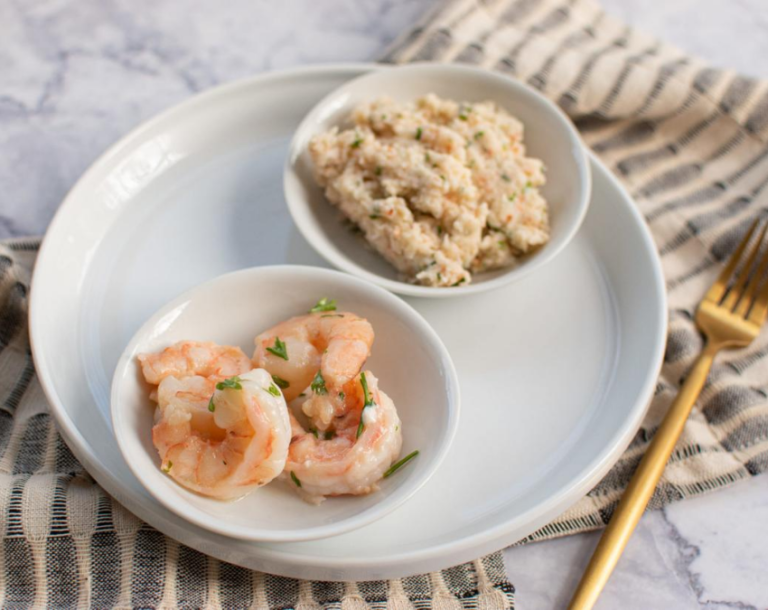Post-bariatric surgery, transitioning to a soft food diet is a critical phase in the recovery and nutritional rehabilitation process. This stage, typically occurring a few weeks after surgery, requires careful attention to food choices to ensure adequate nutrient intake while promoting healing and weight loss. In this article, we explore the key aspects of a post-bariatric surgery soft food diet, including its benefits, guidelines, and sample meal ideas to support patients in this pivotal stage of their weight loss journey.
Why Soft Food?
After bariatric surgery, the stomach undergoes significant changes, including a reduction in size and sometimes alterations to the digestive tract’s anatomy. Transitioning to a soft food diet is crucial for several reasons. Firstly, soft foods are easier to digest, reducing the risk of complications such as blockages or discomfort. Secondly, they help prevent stretching of the stomach pouch, which can occur with more solid foods. Additionally, soft foods provide the necessary nutrients for healing and recovery while supporting the patient’s weight loss goals. By focusing on nutrient-dense, easily digestible foods, individuals can optimize their post-surgery diet for better health outcomes.
Post-Surgery Diet
Post-bariatric surgery, patients typically follow a diet progression designed to gradually reintroduce foods and support healing while promoting weight loss. These phases are crucial for helping patients adjust to their new stomach size and dietary needs, ensuring they receive adequate nutrition while minimizing the risk of complications.
Phase 1: Clear Liquids
The first phase immediately following surgery involves consuming clear liquids only. This includes water, broth, and sugar-free beverages. These liquids are easy to digest and help prevent dehydration. This phase typically lasts for a few days to a week, depending on the surgeon’s recommendations and the patient’s tolerance.

Phase 2: Full Liquids
Once the clear liquid phase is tolerated, patients progress to full liquids. This includes adding protein shakes, low-fat yogurt, and cream-based soups to their diet. Full liquids provide more nutrients and calories than clear liquids, helping to maintain energy levels and support the healing process.

Phase 3: Pureed Foods
The next phase introduces pureed or blended foods. This includes foods such as pureed vegetables, fruits, and lean proteins like chicken or fish. The goal is to create a smooth consistency that is easy to swallow and digest. Pureed foods help patients transition from liquids to solid foods while ensuring they receive essential nutrients.

Phase 4: Soft Foods
The final phase before transitioning to a regular diet is soft foods. This includes foods that are soft in texture and easy to chew, such as cooked vegetables, soft fruits, and tender meats. Soft foods provide more variety and texture, making meals more enjoyable while still being easy to digest. This phase allows patients to further expand their diet while continuing to support their weight loss and nutritional needs.

Phase 5: Stabilization diet
The stabilization diet, also known as the maintenance diet, is a crucial phase in the post-bariatric surgery journey. This phase typically begins around 12 to 18 months after surgery, once the patient has reached their weight loss goals and their weight has stabilized. The stabilization diet is designed to help patients maintain their weight loss while ensuring they receive adequate nutrition for long-term health.
One of the key principles of the stabilization diet is to focus on balanced, nutritious meals that are rich in protein, fiber, vitamins, and minerals. Protein is particularly important, as it helps maintain muscle mass and promotes satiety, which can help prevent weight regain. Patients are encouraged to choose high protein versions of their favorite foods such as soups, smoothies, and shakes.

Dining out during the soft food phase
Where to dine?
Exploring restaurants during the soft food phase post-bariatric surgery can be an enjoyable way to diversify your diet while adhering to your dietary restrictions. Asian cuisine offers options like miso soup, tofu dishes, and vegetable sushi rolls, which are soft and easy to chew. In Mexican restaurants, you can opt for bean burritos without the tortilla or refried beans, both of which are soft and protein-rich. Italian restaurants often have minestrone soup and well-cooked pasta with soft tomato-based sauces. Mediterranean cuisine offers hummus with pita bread or soft vegetables, as well as tabbouleh, a soft bulgur salad. American cuisine features macaroni and cheese or baked potatoes with toppings like cheese, sour cream, and chives, all of which are soft and comforting. Fast-food chains can also provide options such as oatmeal, yogurt parfaits, mashed potatoes, and soft salads without crunchy toppings.
What to order?
If you need ideas of soft foods to eat on-the-go, look no further. These options should be soft enough for the soft food phase post-bariatric surgery and provide some variety. Remember to chew your food thoroughly and eat slowly to aid digestion.
- McDonald’s:
- Egg and cheese McMuffin (without the English muffin)
- Oatmeal (without toppings)
- Fruit and yogurt parfait
- Chipotle:
- Beans, Cheese, Barbacoa Bowls
- Sofritas Tofu, Guacamole
- Subway:
- Veggie Delite salad (without crunchy vegetables)
- Meatballs
- Tomato basil wrap (filled with vegetables, cheese, and deli meat)
- Wendy’s:
- Baked potato (with cheese and sour cream on the side)
- Chili (no extra sauce)
- French Toast Sticks
- Taco Bell:
- Bean burrito (without the tortilla)
- Rice and black bean burrito (without the tortilla)
- Pintos n’ Cheese
- Chick-fil-A:
- Greek yogurt parfait
- Superfood side salad (without nuts)
- Fruit cup
- KFC:
- Green beans
- Mashed potatoes (without gravy)
- Corn on the cob (without butter)
- Mac n’ cheese
- Pot pie
- Dunkin’ Donuts:
- Hash browns
- Stuffed bagel minis
- Wake Up Wrap
- Cracker Barrel:
- Steamed veggies (carrots, etc.)
- Mashed potatoes
- Rainbow trout
- Black beans

In conclusion, transitioning to a soft food diet post-bariatric surgery is a crucial step in the recovery process. It helps ensure proper healing, reduces the risk of complications, and supports long-term weight loss goals. By following the recommended phases of the post-surgery diet and making smart choices when dining out, patients can enjoy a varied and nutritious diet that promotes their health and well-being. If you have any questions or need further guidance, consult with your healthcare provider or a registered dietitian specializing in bariatric nutrition.



What are your tips and tricks to post-bariatric success?